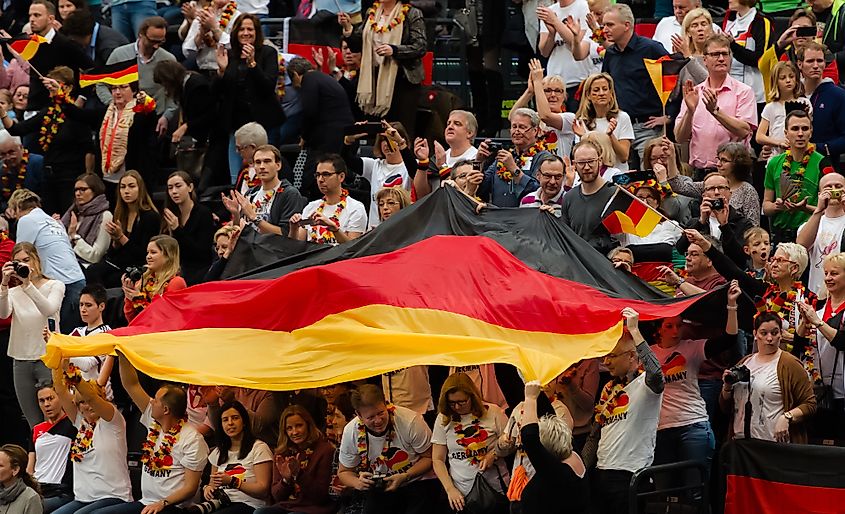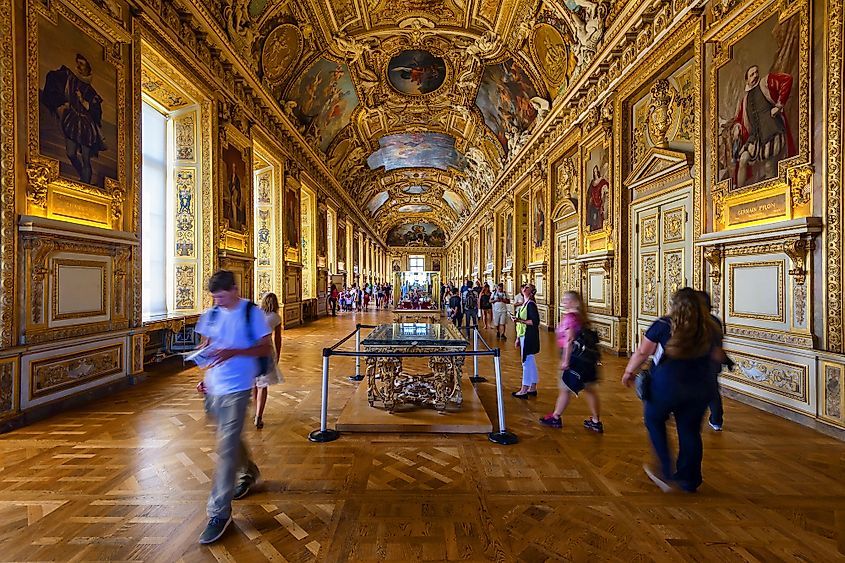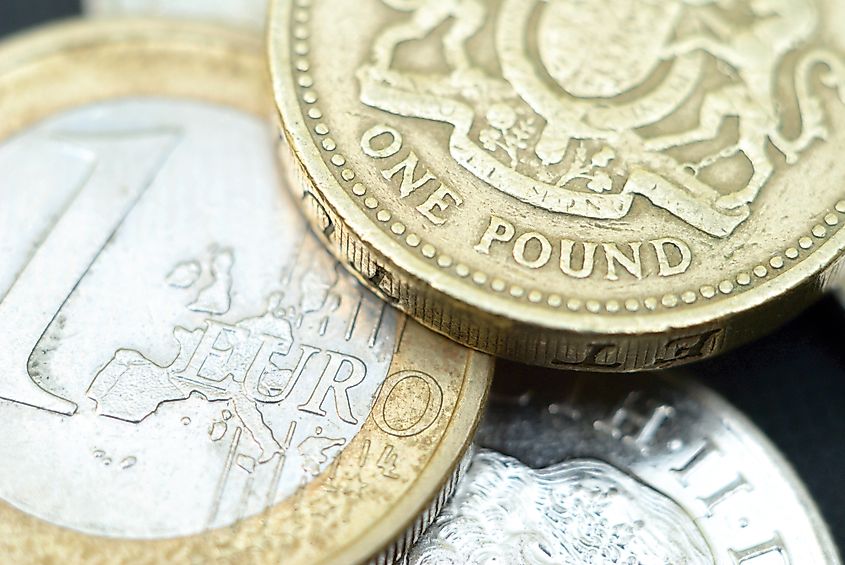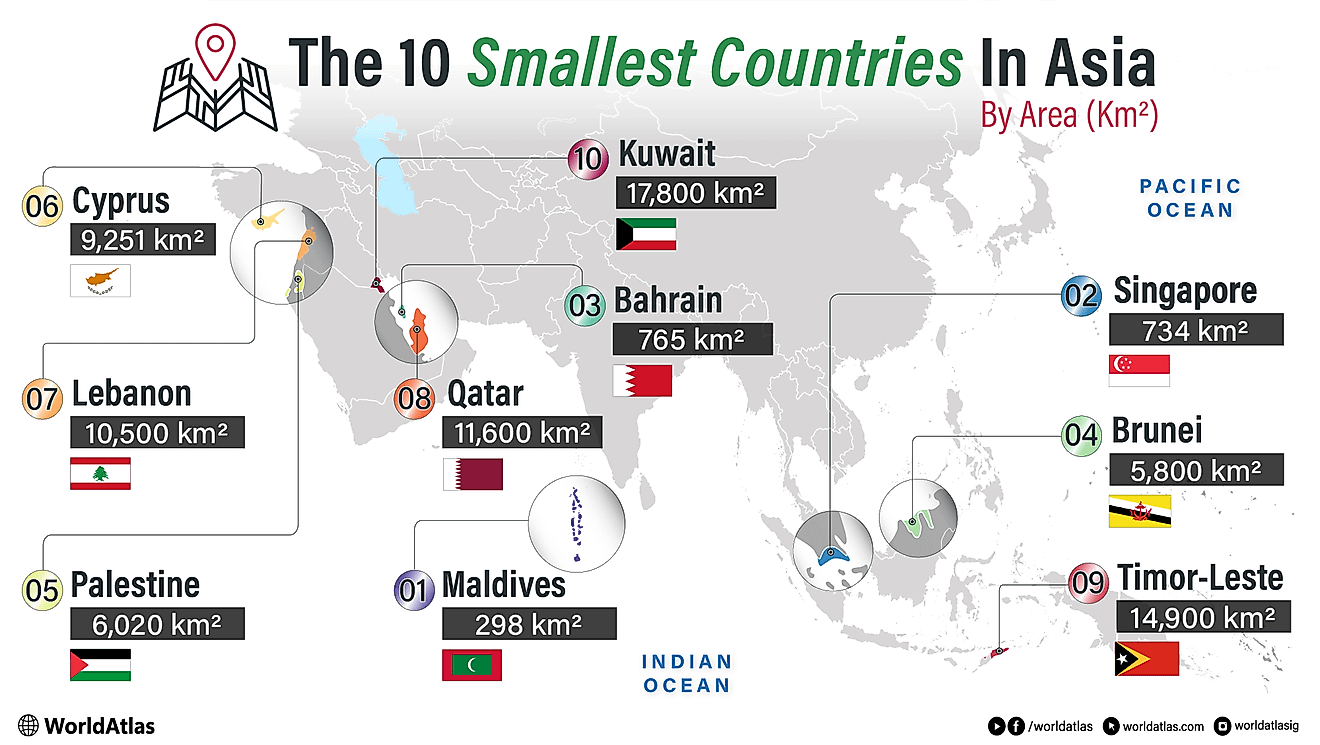
Western European Countries
- Western Europe has a population of approximately 196 million.
- Most countries in Western Europe are members of the NATO military alliance and the European Union.
- Some of the most famous museums, galleries and orchestras are located in Western Europe.
- Western Europe was the home of artists like Van Gogh and Monet, and musicians like Beethoven and Chopin.
- Western Europe is the home of popular fashion brands, including Christian Dior, Chanel, Adidas, and Bally.
Defining what constitutes Western Europe can be difficult. Indeed, what people think of as Western Europe has evolved over the course of time. During the two World Wars, Western Europe generally referred to the Allied powers and neighboring neutral countries. Germany was excluded from this definition as it was an enemy state, as was Italy during WWII. During the Cold War, however, the definition of Western Europe was expanded to include the former West Germany and Italy, as opposed to the Eastern bloc countries led by the Soviet Union. The fall of the so-called Iron Curtain and the collapse of communism in Eastern Europe and the Soviet Union supposedly ended the division between east and west on the European continent. But even three decades after the fall of the Iron Curtain, it is not uncommon for people to talk of Eastern and Western Europe as they were defined during the Cold War.
Currently, the United Nations defines Western Europe much like it did during the Cold War, but it excludes the UK, Scandinavian countries, Spain, Portugal, Italy, and Greece. Instead, the UN categorizes these countries into different subregions of Europe. The nine countries considered Western European are:
The Demographics Of Western Europe
Western Europe is home to around 196 million residents, with nearly 80% residing in urban areas. Belgium boasts the highest urbanization rate, as 98% of its population lives in cities. Conversely, Liechtenstein has the lowest urban population in the region, with only 15% of its citizens living in urban environments. This information does not include Monaco, a tiny principality too small to provide a reliable urban to rural population ratio.

Germany is the most populous nation in Western Europe and the second largest in all of Europe, following Russia, with nearly 84 million residents. France ranks second, with around 65 million inhabitants. In contrast to Germany and France, the populations of other Western European countries are significantly smaller. The Netherlands has the third largest population in Western Europe, totaling roughly 17 million. Belgium follows with about 11 million. All remaining countries in Western Europe have populations under 10 million, with Luxembourg, Monaco, and Liechtenstein each housing fewer than 1 million residents. The least populous country in Western Europe is Liechtenstein, home to approximately 38,000 people.

Western Europe is home to some of the continent’s biggest cities. The French capital, Paris, is the most populous city in the subregion, and the third most populous in all of Europe, with a population of over 11 million. Berlin is the second most populous city in Western Europe, with a population of 3.56 million. Other major cities in the subregion include Vienna, Hamburg, Lyon, Marseille, Munich, Zurich, Amsterdam, Cologne, Lille, and Toulouse, all of which have populations of 1 million or more.
Western European Culture

The culture and traditions of Western Europe have helped shape the world we know today. The subregion is defined by incredible artists, fabulous architecture, and beautiful music. Indeed, Western Europe was the home of some of the world’s greatest artists, including Van Gogh, Monet, Renoir, Rembrandt, and Chagall. It was also home to many of the world’s greatest musicians, such as Beethoven, Bach, Mozart, Brahms, Wagner, Debussy, Chopin, and Haydn. The masterpieces of art and music made by the aforementioned people of Western Europe are still celebrated in some of Western Europe’s most well-known museums, galleries and orchestras. Two of Western Europe’s best museums are The Louvre in Paris and the Rijksmuseum in Amsterdam. Famous orchestras in the subregion include the Vienna Philharmonic, the Berlin Philharmonic, and the Amsterdam-based Royal Concertgebouw.

But of course, Western Europe is not just known for cultural contributions of the past. Its present contributions to the world culture are just as impressive. The subregion is generally known to be a source of the world’s most popular fashion trends; brands like Christian Dior, Chanel, Adidas, and Bally. It is also where you will find modern artists like Germany’s Isa Genzken, France’s Pierre Huyghe, Belgium’s Luc Tuymans, and The Netherlands’ Marlene Dumas. There are even famous rock bands and singers from Western Europe, such as Germany’s Rammstein, Belgium’s Brutus, the Netherlands’ Asphynx, and France’s Gojira.
The Economy Of Western Europe

Western Europe hosts two of the world’s biggest economies, those of Germany and France. Germany has the 4th biggest economy in the world, while France’s economy ranks 6th in the world. Up until the end of WWII, the economies of Western Europe were very much separate. After the war, however, the countries of Western Europe slowly began integrating their economies. European economic integration began with the formation of the European Coal and Steel Commission. The six founding countries of the emerging economic bloc were Germany, France, Belgium, Luxembourg, the Netherlands, and Italy. Thus, all but one of the founding members were Western European countries. In 1957, the European Economic Community (EEC) was formed. The EEC would eventually become the European Union (EU), and by the end of the 20th century, goods and people were able to cross the borders of countries in most of Western Europe freely, without the need for passports or customs checks.
Today, the EU includes all of Western Europe, except Switzerland, Monaco, and Liechtenstein. Furthermore, whereas nearly all the countries of Western Europe once had their own individual currencies, most now use Euros, the common currency used by 19 of the EU’s 27 member states. Thus, most of Western Europe and much of the rest of the continent has become like a super-state, in which goods and people can cross international borders as easily as they would move between U.S. states.
Western Europe In The Future
Western Europe has always formed the core of today’s European Union, and will probably continue to do so, even as the EU enlarges. Accompanying European economic and political integration has come a growing sense among Europeans, especially in Western Europe, that they all share a common European identity. There is, however, pushback from some in Western Europe and the rest of the EU who resent the effects of European integration and would like a return to former days when European countries were separate. These people are often called Eurosceptics. Nevertheless, the future of Europe, and Western Europe in particular, is most likely one in which the differences between countries continue becoming less important than ensuring the prosperity of the entire continent.
Western European Countries
| Rank | Western European Country | Population | Total Area in km2 |
|---|---|---|---|
| 1 | Austria | 8,877,070 | 83,871 |
| 2 | Belgium | 11,484,060 | 30,528 |
| 3 | France | 67,059,890 | 643,801 |
| 4 | Germany | 83,132,800 | 357,022 |
| 5 | Liechtenstein | 38,020 | 160 |
| 6 | Luxembourg | 619,900 | 2,586 |
| 7 | Monaco | 38,960 | 2 |
| 8 | Netherlands | 17,332,850 | 41,543 |
| 9 | Switzerland | 8,574,830 | 41,277 |











